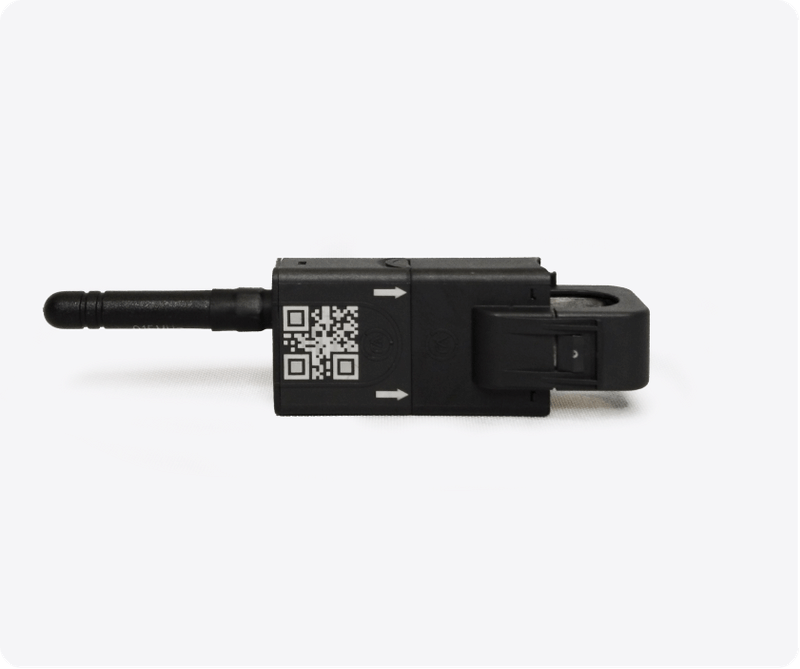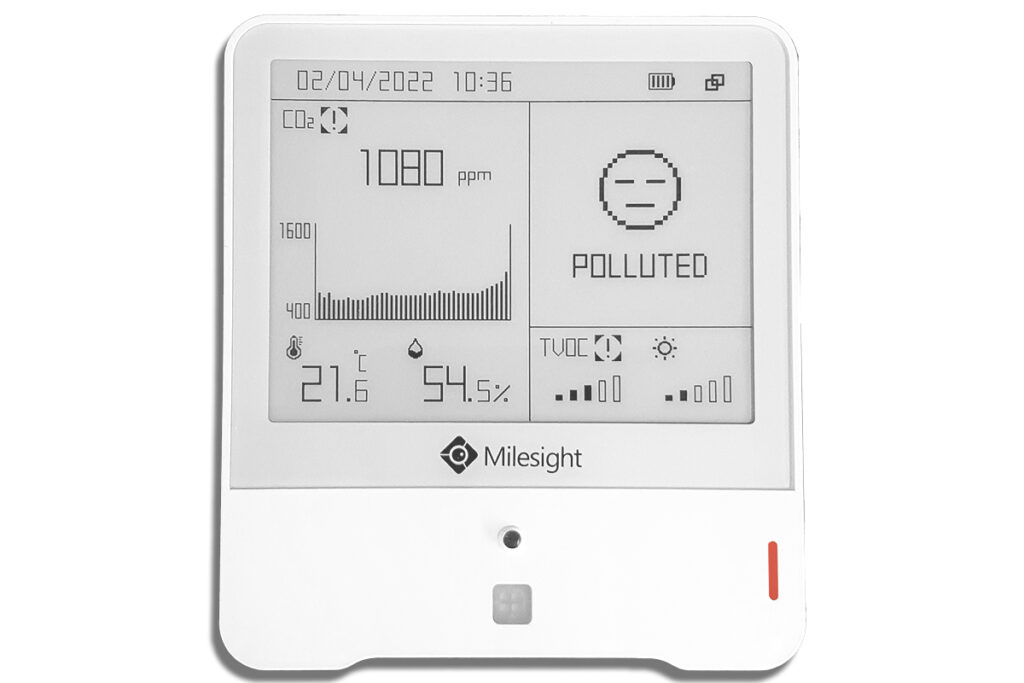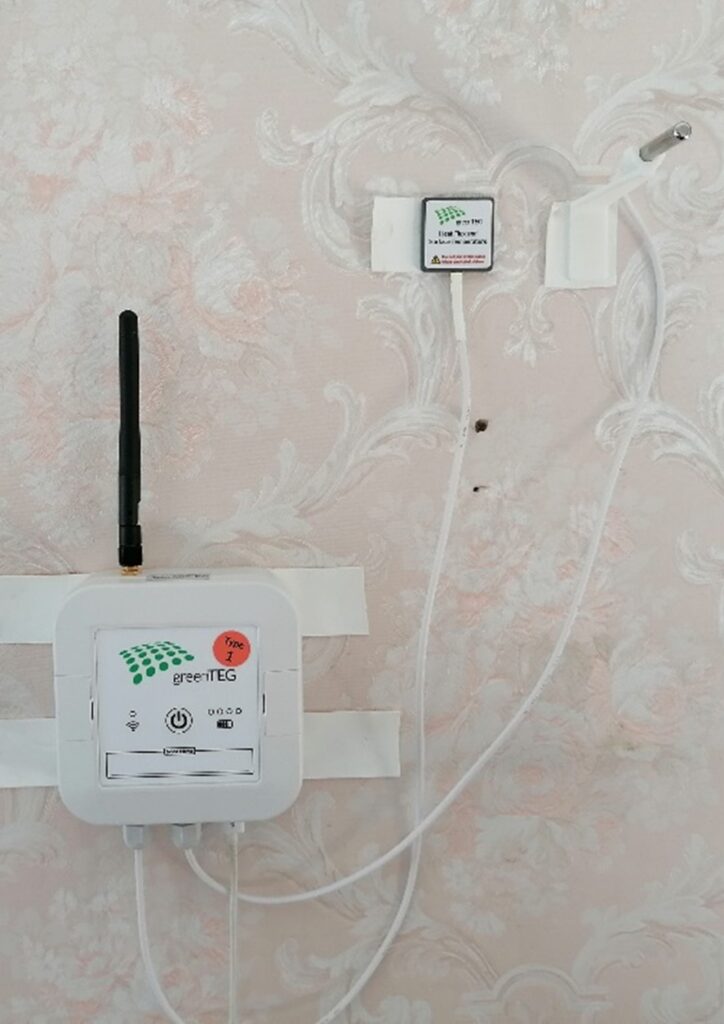The SMARTLAB team includes our partners The Convex Lens, who are experts in smart buildings. This team will be installing your sensors. Once you are signed up to the project, they will be in touch with you to arrange installation details.
Sensor installation doesn’t require any alteration to your building or any electrical work. One sensor will clamp onto a wire in your meter box, and another will be stuck to a wall with a removable sticker. No drilling/hammering/cutting is required!
There are two main types of devices in the project that will collect information.
1. Energy monitor: It will measure the amount of electricity used in your building and you will be able to track this over the year of the project.

2. Indoor Environment Sensor: It will measure temperature, humidity, light, CO2, TVOC, barometric pressure, and motion.

| Temperature | Measuring the temperature and how it changes over time is an important part of learning about your building’s energy consumption. |
| Humidity | Humidity levels in your building affect health, comfort, and building resilience. Too much humidity can lead to mould, for example, or too little can make you more susceptible to health problems. |
| Light | Measuring light levels can inform you if you are using too much or too little lighting for comfort. |
| CO2 levels | Monitoring carbon dioxide levels will tell you if your building is adequately ventilated. |
| TVOC | Total Volatile Organic Compounds are pollutants like cigarette smoke, dust, fumes from cleaning products, etc. |
| Barometric Pressure | It’s useful to monitor air pressure inside your building as pressure levels can draw in heat and cold from outside, making it more expensive to cool or heat your building. |
| Basic Motion detector | This basic sensor can detect when people are present, which means you can analyse the difference in the other measurements when the building is occupied or empty. |
Once your devices are installed, they will begin collecting and transmitting data.
*For a small number of participants in heritage buildings (pre-1940), the project will also offer the opportunity to have their building tested for its u-value capacity; that is, how well your building maintains its temperature. Project partners Carrig Conservation International, and experts in heritage buildings, will be managing this process. You can learn about the u-value kit we will use here. If you tell us in your application that you have a heritage building, we may be in touch to offer a u-value reading as part of the project.

